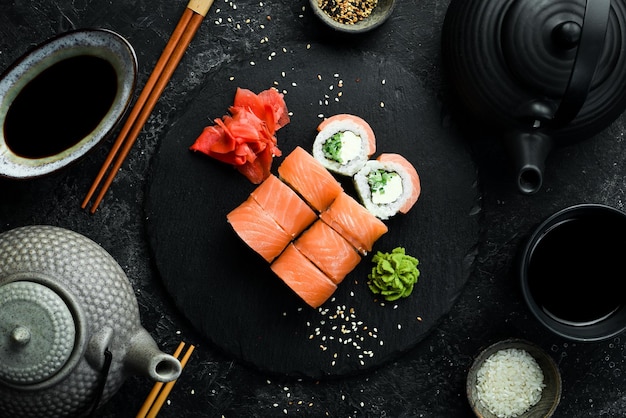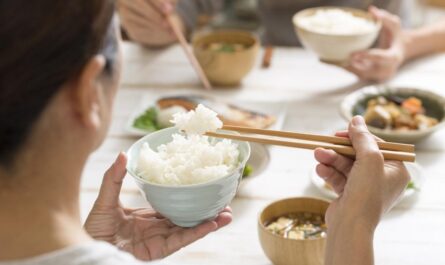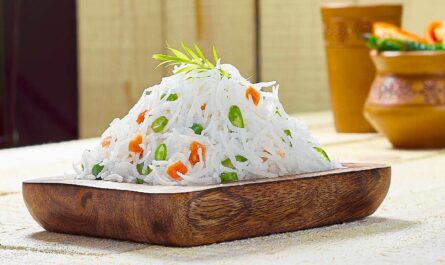If you enjoy the combination of intricate flavors and compelling textures offered by sushi, you’re in for a treat with this exquisite korean sushi recipe. Korean sushi, often referred to as kimbap (or gimbap), provides a fantastic Korean twist to the beloved Japanese sushi. Packed with savory ingredients and a unique blend of seasonings, this dish embodies the best of both worlds. Whether you’re a seasoned sushi lover or a culinary explorer eager to try something new, this detailed guide will walk you through crafting a delicious Korean sushi masterpiece in your kitchen.
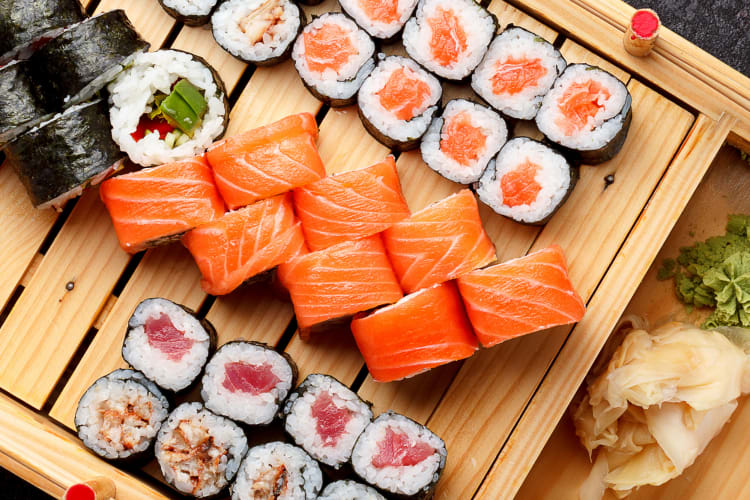
Ingredients & Tools You’ll Need
Before we get into the process, ensuring you have all the necessary ingredients and tools is essential. You can find most of these in a well-stocked supermarket or an Asian grocery store.
- 2 cups of sushi rice
- 3 cups water
- 2 tablespoons rice vinegar
- 1 tablespoon sugar
- 1 teaspoon salt
- 6 sheets of seaweed (nori)
- 1 medium carrot, julienned
- 1 cucumber, julienned
- 4 eggs, beaten
- 1 radish, pickled
- 1 cup kimchi
- 1 can of tuna, drained
- 2 tablespoons sesame oil
- 1 tablespoon toasted sesame seeds
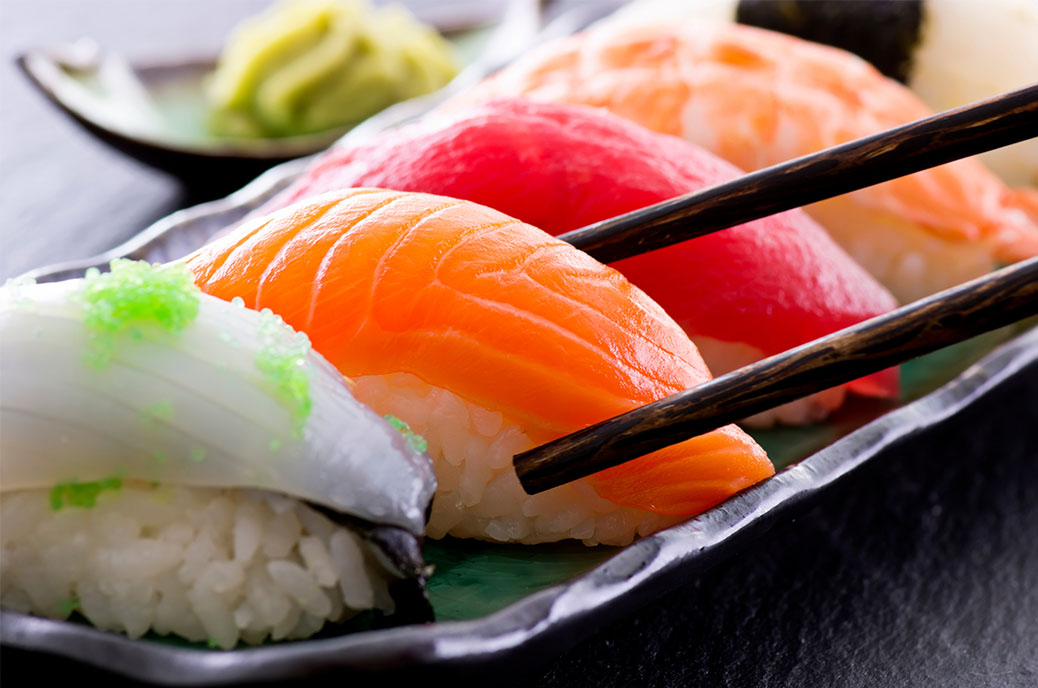
Essential Tools:
Step 1: Prepare the Sushi Rice
Rinse the sushi rice using a strainer until the water runs clear. This step is vital as it removes excess starch and ensures you get the perfect texture. Once rinsed, cook the rice in a rice cooker followed by dissolving rice vinegar, sugar, and salt in a saucepan over low heat. Once the mixture releases a sweet and tangy aroma, pour it over the cooked rice, mixing thoroughly. Your seasoned rice is now ready to be the soul of your Korean sushi recipe.
Step 2: Prep the Fillings
Prepare your fillings, including julienned vegetables, cooked egg, kimchi, and your chosen protein such as tuna. Arrange them in separate bowls for easy access during assembly. These ingredients add layers of flavor and texture to your Korean sushi, making it as rich and exciting as recipes like Volcano Roll and Deep-Fried Sushi Roll.
Step 3: Rolling the Sushi
On a cutting board, lay a sheet of seaweed shiny side down onto a bamboo rolling mat. Spread a layer of seasoned rice evenly over the seaweed, leaving a small border on the edges. Arrange your fillings horizontally across the middle of the rice. Using the bamboo mat, carefully lift and roll the seaweed over the fillings, applying gentle pressure to form a tight roll. Moisten the edge of the seaweed with a bit of water to seal the sushi roll.
Japanese-Style Rice
Step 4: Cutting and Serving
Using a sushi knife, slice the sushi roll into bite-sized pieces. Garnish with toasted sesame seeds and serve with kimchi or a soy sauce-based dipping sauce. The burst of vibrant flavors makes this Korean sushi recipe a delightful experience.
Conclusion
There you have it – a phenomenal Korean sushi recipe that effortlessly combines the classic elements of Japanese sushi with savory Korean ingredients. This culinary masterpiece will not only satisfy your taste buds but also impress your guests. Dive into the art of creating your sushi at home and enjoy the endless possibilities this fusion dish offers. For a deeper insight into sushi preparations, you may explore our Lobster Roll Sushi Recipe or the eternally beloved California Roll. Happy cooking, and bon apptit!
Keeping your cookware in pristine condition is critical to maintaining the quality and longevity of your kitchen investments. Here’s a useful guide on how to clean your cast iron cookware. For best results, always use an excellent cookware cleaner and remember to condition your wooden cutting board regularly.
As an Amazon Associate, I earn from qualifying purchases.
——————————————————————————————————–
Disclosure: This post contains affiliate links. As an Amazon Associate I earn from qualifying purchases, but there will be no extra charges to you. Thank you for your support!

